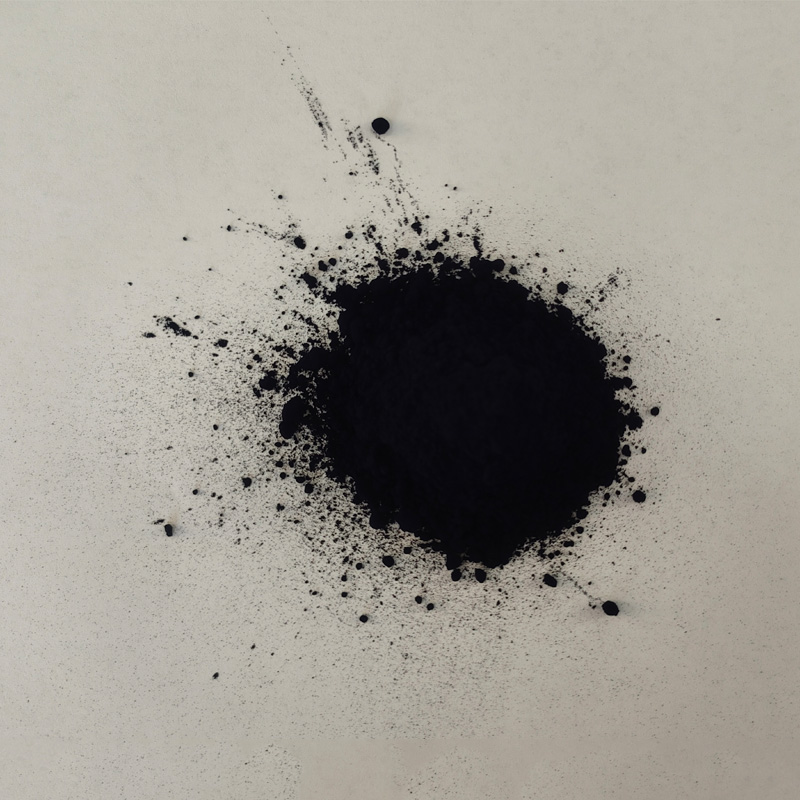Exploring the Rich History of Indigo Blue as a Natural Dye
The Allure of Indigo Blue A Journey into Natural Dyeing
Indigo blue, with its deep captivating hue, has captured human imagination for millennia. As one of the oldest known dyes, its history is rich, weaving through cultures and continents, enlivening textiles and art alike. Derived from the leaves of the indigo plant, this natural dyeing process is both an art and a science, demonstrating a harmonious bond between nature and human creativity.
The Story of Indigo
Historically, indigo dyeing can be traced back to ancient civilizations. In Egypt, indigo was used as early as 2500 BCE, while in India, it became a key element of textile production by the 4th century BCE. The remarkable ability of indigo to produce a vibrant blue color made it an integral part of many different cultures. The blue-dyed fabrics not only served aesthetic purposes but also symbolized wealth, status, and social standing.
The traditional method of producing indigo dye involves harvesting the leaves of plants from the genus *Indigofera*, particularly *Indigofera tinctoria*. After harvesting, the leaves are fermented in water, which extracts the indigo pigment. This process produces a yellow-green solution, which, upon exposure to air, oxidizes and transforms into the characteristic blue color. This extraordinary transformation from green to blue is a marvel of nature, symbolizing the beauty of change and evolution.
The Art of Indigo Dyeing
Indigo dyeing requires skill and patience. Artisans have developed various techniques over the centuries, each contributing its unique flair to the dyeing process. Shibori, for instance, is a Japanese technique that involves folding, twisting, or pleating fabric before dyeing to create intricate patterns. In India, tie-dye or bandhani techniques are employed, where the fabric is tied in knots before being dyed, resulting in beautiful designs that reflect the culture’s rich artistic heritage.
The dyeing process typically occurs in several stages. First, the fabric is pre-treated to ensure better absorption of the dye. Next, it is dipped into the indigo vat multiple times to achieve the desired depth of color. Each dip is followed by oxidation, during which the fabric is exposed to air. This crucial step transforms the dye from a soluble to an insoluble state, locking in the intense blue color.
indigo blue natural dye

Sustainability and the Revival of Natural Dyeing
In recent years, there has been a significant revival of interest in natural dyeing, particularly indigo, driven by a growing desire for sustainable and eco-friendly practices. Modern consumers are increasingly aware of the environmental impact of synthetic dyes, which often contain harmful chemicals that can pollute water sources and pose health risks.
Natural dyeing, on the other hand, leads to not only a lower environmental footprint but also supports traditional crafts and local economies. By choosing indigo and other natural dyes, artisans are able to revive time-honored techniques while promoting sustainable fashion practices. The resurgence of indigo blue in contemporary textiles can be seen in fashion collections, home decor, and craftsmanship as more designers and consumers embrace the natural alternative.
The Cultural Significance of Indigo Today
Indigo is more than just a beautiful color; it carries significant cultural meaning across the globe. In various societies, indigo-dyed fabrics embody traditions, spirituality, and identity. The color is often used in ceremonial clothing, symbolizing protection and connection to ancestral heritage.
As we navigate the complexities of modern life, the timeless allure of indigo blue invites us to reconnect with nature and our artistic roots. The deep, soothing tones of indigo speak to the human spirit, bridging the gap between past and present, tradition and innovation. The journey of indigo dyeing is not only a testament to our skill and ingenuity but also a celebration of nature's bounty and its profound role in human culture.
In conclusion, indigo blue is more than a mere pigment; it is a narrative woven through time, rich with cultural significance and environmental consciousness. As we continue to explore the world of natural dyes, the allure of indigo serves as a reminder of our interconnectedness with the earth and the endless possibilities of creativity that come from celebrating our natural resources.
-
Sulphur Black Dyes in Daily Use
NewsMay.07,2025
-
Indigo Dyeing for Daily Life
NewsMay.07,2025
-
Indigo Dye Production and Its Growing Demand
NewsMay.07,2025
-
Color That Lasts
NewsMay.07,2025
-
Bromo Indigo for Modern Use
NewsMay.07,2025
-
Blue From Nature
NewsMay.07,2025
-
The Timeless Color in Fashion and Textiles
NewsApr.10,2025

Sulphur Black
1.Name: sulphur black; Sulfur Black; Sulphur Black 1;
2.Structure formula:
3.Molecule formula: C6H4N2O5
4.CAS No.: 1326-82-5
5.HS code: 32041911
6.Product specification:Appearance:black phosphorus flakes; black liquid

Bromo Indigo; Vat Bromo-Indigo; C.I.Vat Blue 5
1.Name: Bromo indigo; Vat bromo-indigo; C.I.Vat blue 5;
2.Structure formula:
3.Molecule formula: C16H6Br4N2O2
4.CAS No.: 2475-31-2
5.HS code: 3204151000 6.Major usage and instruction: Be mainly used to dye cotton fabrics.

Indigo Blue Vat Blue
1.Name: indigo blue,vat blue 1,
2.Structure formula:
3.Molecule formula: C16H10N2O2
4.. CAS No.: 482-89-3
5.Molecule weight: 262.62
6.HS code: 3204151000
7.Major usage and instruction: Be mainly used to dye cotton fabrics.

